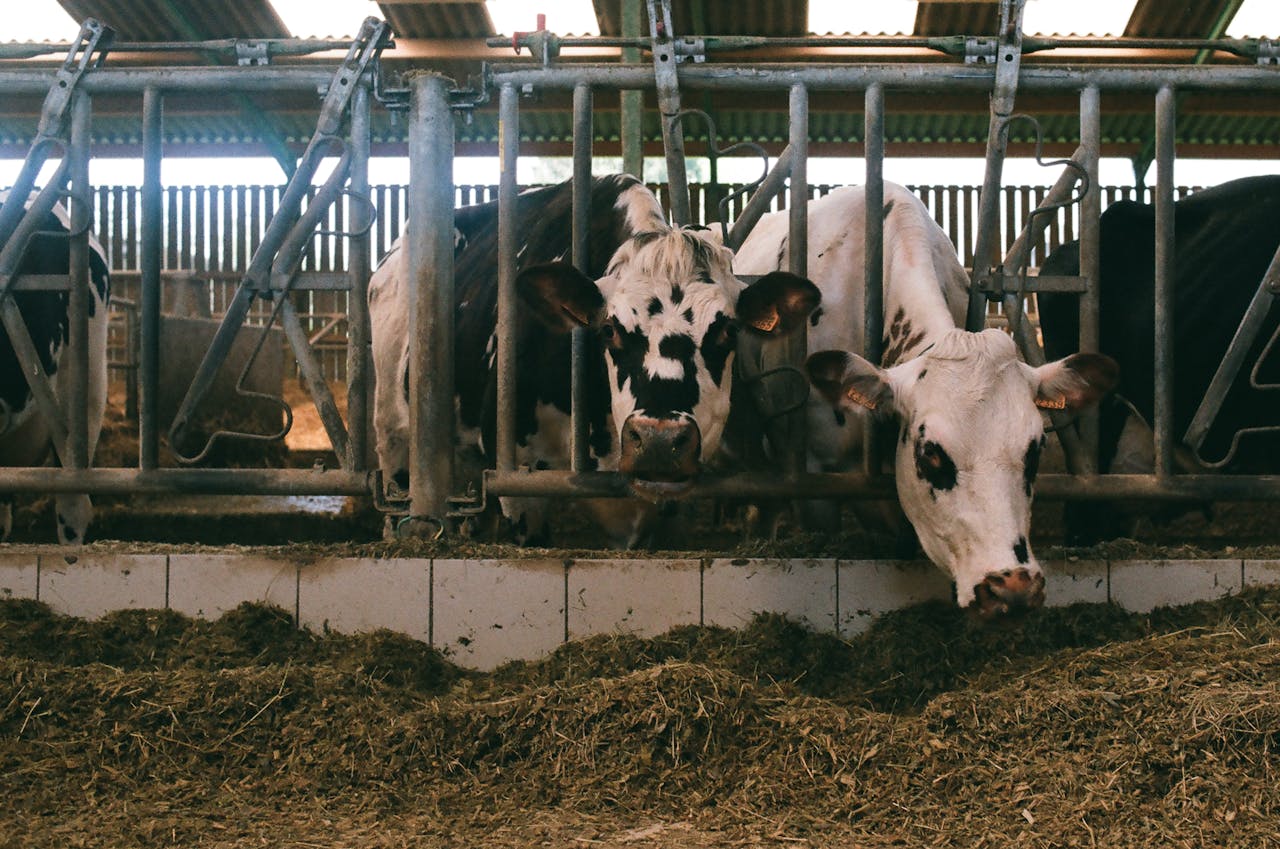Tail biting is a nagging problem in swine production. Increasingly, especially in the EU, tail docking is no longer considered to be the way ahead, which forces the industry to ask why tail biting occurs. Housing, feeding systems as well as diet formulation all have a role to play, explains nutrition expert Dr Francesc Molist of Schothorst Feed Research in the Netherlands.
A recent trial performed at Schothorst Feed Research explored how feeder access and stocking density affect growth, feed efficiency and tail biting in weaned piglets.
Feeder access was shown to be a critical determinant of both performance and welfare. When piglets were provided with higher feeder access, equivalent to approximately 0.66 piglet per feeding space (or around 1.5 feeding spaces per pig), they displayed more consistent feed intake, improved growth and fewer signs of stress.
Limited feeder availability
In contrast, when feeder availability was restricted to about 1.33 piglets per feeding space (around 3-quarters of a feeding space per pig), the incidence of tail injuries rose sharply. This suggests that feeder competition is a powerful driver of redirected behaviours such as tail biting, which not only compromises welfare but can also impair feed efficiency and performance. The benefits of greater feeder access were particularly evident in the early post-weaning period, when pigs are most vulnerable to dietary and environmental stressors.
Stocking density also played a significant role in shaping outcomes. At lower stocking density, where pigs had approximately 0.27 m² of floor space per animal, growth rates were higher and feed conversion was more efficient.
The impact of increased stocking density of piglets
Conversely, higher stocking density, at around 0.20 m² per pig, was associated with reduced weight gain and higher levels of aggression and competition for resources. Importantly, the effects of feeder access and stocking density were additive. Pigs reared under both low feeder access and high stocking density conditions performed the worst: they had the slowest growth, the highest tail injury scores and the greatest variation in body weight within pens.
This variability complicates nutritional management, as diets formulated to meet group averages may not cover the needs of less competitive pigs in environments where access is limited.
Optimal conditions for the pigs
Based on this study, it could be concluded that diet formulation cannot be considered in isolation from housing and feeding system design. Ensuring at least 1 feeder space per pig and maintaining stocking densities at or above 0.27 m² per pig provides the foundation for optimal diet utilisation, better growth, and reduced welfare problems. Addressing feeder competition together with diet formulation can therefore be a good strategy in preventing this damaging behaviour.

